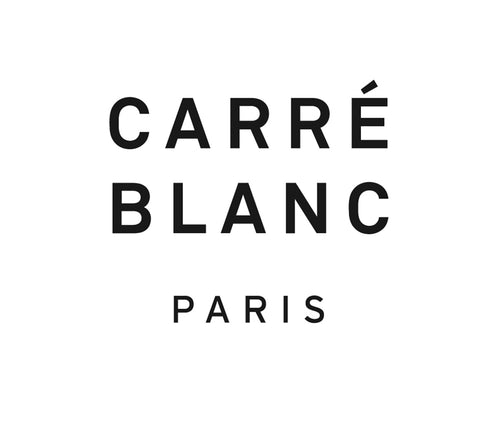Product Traceability
For months now, we have been working to ensure the traceability of our products.
We can now share with you the behind-the-scenes details of how your household linen is made, to encourage more responsible consumption and production.
What does traceability mean ?
Traceability aims to give consumers an insight into the production origins of their products.
A QR code will give you access to the entire creation cycle of the scanned product.
WHERE DOES THE RAW MATERIAL FOR YOUR HOUSEHOLD LINEN COME FROM?
WHERE WAS IT MADE?
NOW YOU HAVE THE ANSWERS TO YOUR QUESTIONS.
The different stages of the manufacturing process
Design
It is in our design office, located in Roanne and Lyon, the heart of the textile basins, that our stylists imagine and design the Carré Blanc collections. Choice of raw materials, selection of suppliers and certifications: our products are designed and made to meet the brand's high standards of quality and expertise.
Knitting
Knitting is the process of making a knitted fabric from yarn. It consists of interlacing loops of yarn.
Tailoring
Tailoring is the stage at which the fabrics are assembled and the product is finished. It is also known as "made in".
Weaving
Weaving is the process of making fabric from threads. It consists of the perpendicular interlacing of threads. Terry cloth uses 2 warp threads and 1 weft thread. The tension of one of the warp threads is weaker, forming a loop each time the weft thread passes through.
Dyeing
Dyeing is an operation that involves immersing fabric in a tank to evenly colour the whole fabric.
Spinning
This stage takes us from the raw materials to the creation of the yarn. For example, freshly harvested cotton has to be cleaned and combed to align the fibres, which are used to gather together several filaments into a strand. This is then twisted into a thread, and the thread itself is wound onto a spool to start the weaving and knitting stage.
Finishing
After weaving, the aim of finishing is to embellish and add new properties to the fabric by modifying its feel, appearance or performance.
This stage adds value to the product, either in decorative or technical terms. For example, printed or embroidered motifs decorate the products, or a specific wash provides softness and comfort, or sanforising provides dimensional stability, etc.
Origin
The first component of a fabric is the fibre. There are natural fibres of plant origin (cotton, flax) or animal origin (silk, wool), synthetic fibres (polyester) and artificial fibres (bamboo viscose). Each of these materials has different properties to meet different consumer expectations, desires and uses.
